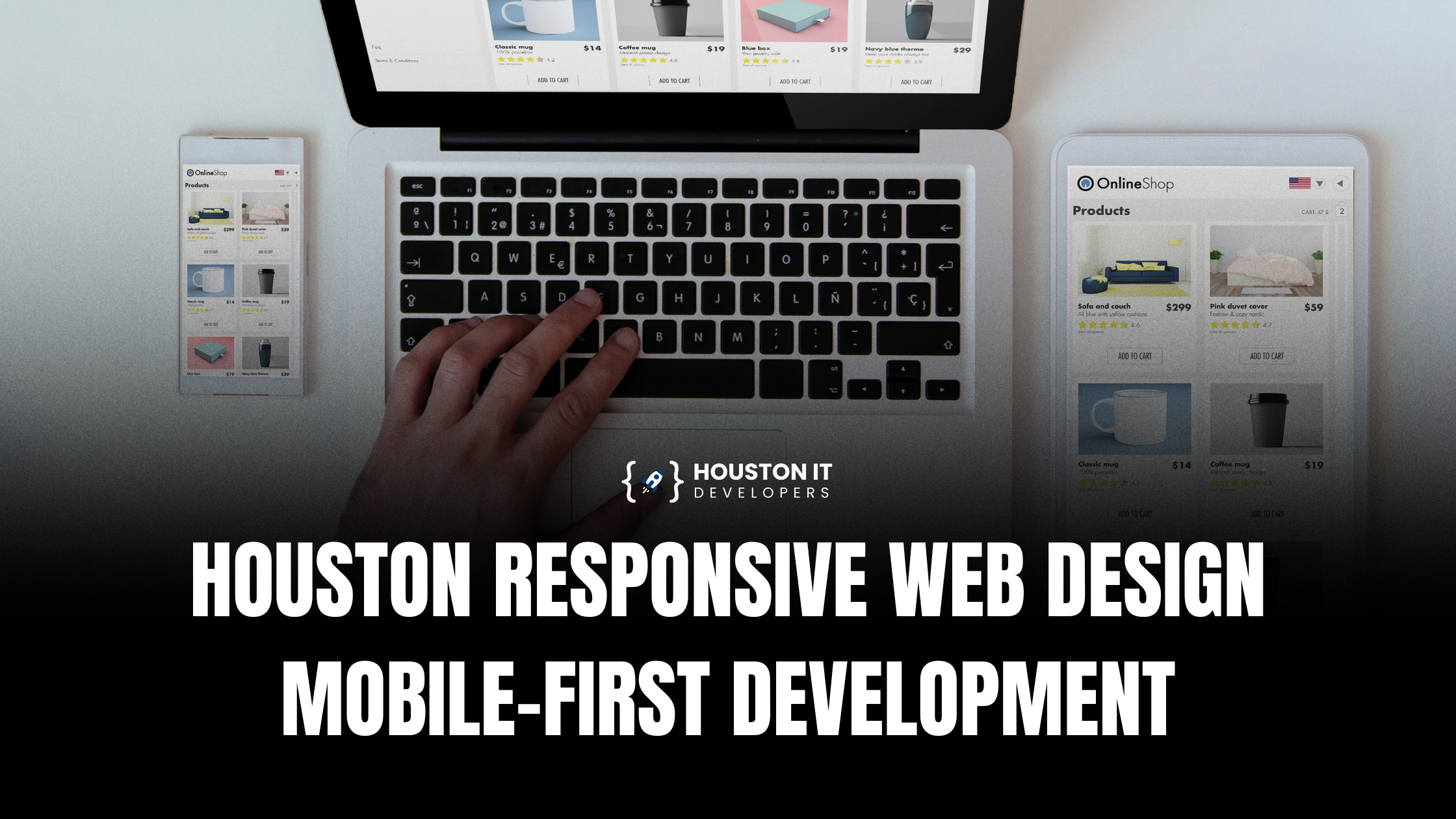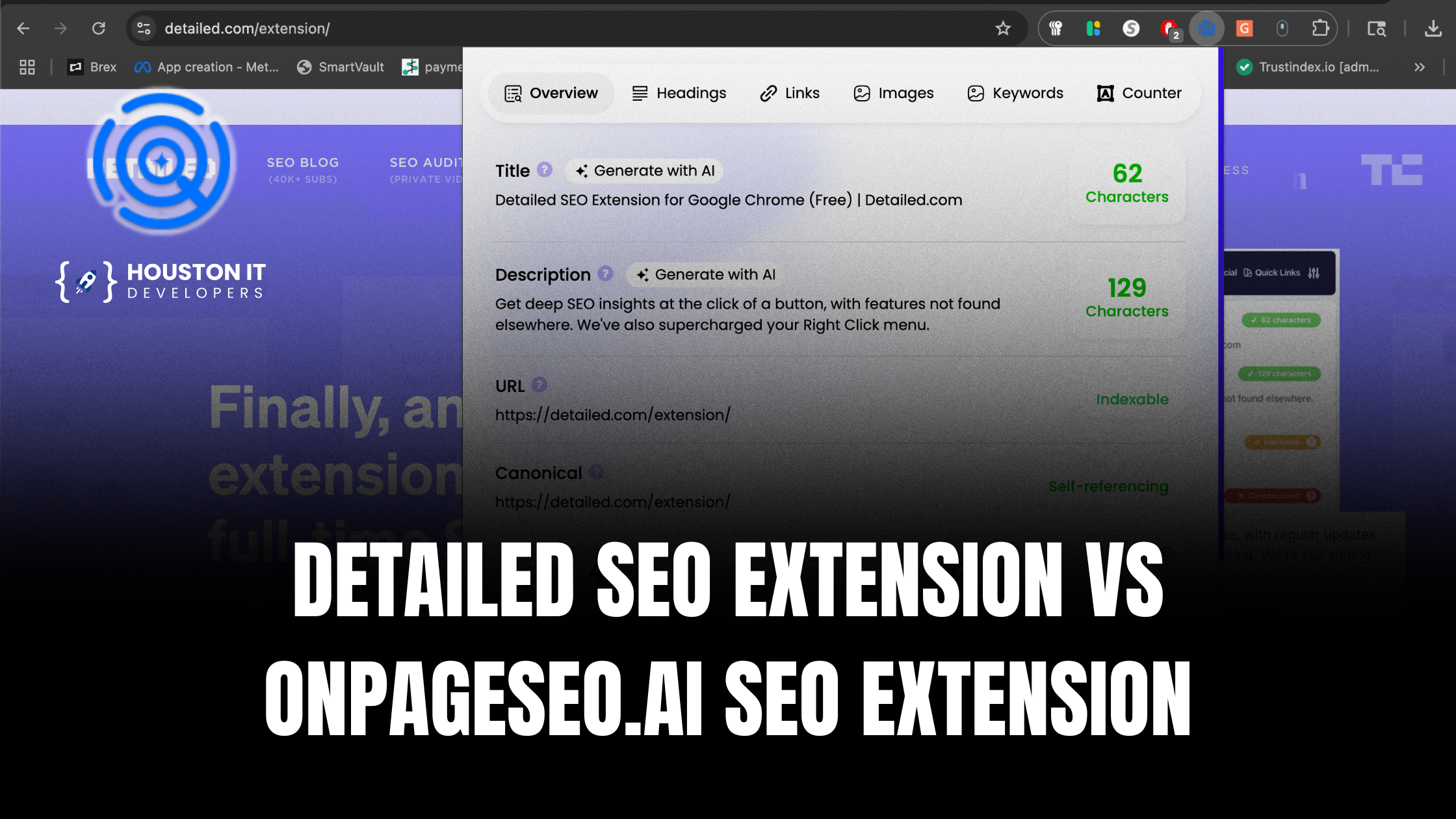Mobile apps have evolved into one of your phone’s most important digital services. The frameworks that these mobile apps are built on have a significant impact on their functionality and capabilities. Developers can employ a variety of advanced software development frameworks and kits for mobile app development services to create new mobile apps. The resources used and the outcome of the development process are affected by the app development framework used.
The different aspects of the Flutter App Development framework are discussed in this blog, as well as how they assist developers to create the finest apps for mobile use. Before we get into the Flutter app’s capabilities, let’s have a look at what Flutter is and how it may be utilized.
What is Flutter?
Flutter is a relatively recent app development kit from Google that was released five years ago and is best used as a software development kit or SDK for app development projects. Flutter, which is backed by Google, is a superb app development tool suite that mobile app developers all over the world choose to utilize. The Google Flutter SDK is based on Dart, an object-oriented programming language that can be used to create a variety of features and is preferred by developers who are familiar with C++ and JavaScript.
When the globe utilizes various smart devices daily, Flutter is a trustworthy cross-platform app development kit that allows developers to provide Flutter app development services that are compatible with a variety of systems and operating systems. There must be developers working on apps using the Flutter SDK right now. Dart language apps are becoming more common as Flutter becomes more popular.
Cross-platform
Flutter’s cross-platform app development capabilities are its most prominent and important feature. The SDK facilitates the creation of a single codebase that can be used to create iOS and Android apps. The use of a single codebase decreases the amount of time and effort required to produce software code. The ability to generate cross-platform apps from a single code base is a benefit developers will want to take advantage of when a single app development team is handling many cross-platform app development projects.
The Flutter SDK adds the option of hot reloading, which allows developers to inspect code changes in the framework as soon as they are saved. The ability to track code changes in real-time allows teams to collaborate and work more efficiently. These capabilities enable developers to accelerate the development of the codebase.
These characteristics aid in the streamlining of development code and the speedy production of app prototypes. It contributes to the team’s overall productivity. Furthermore, it enables the developer team to offer the app prototype to their clients as quickly as feasible.
The rapid app development process
Because it does not require repeated restarting and reloading of code, the Flutter App Development Kit takes a faster approach to cross-platform app development. Furthermore, the Flutter SDK does not allow excessive delays to absorb the majority of the developer’s time. The Flutter App SDK can be used to construct high-performance software for the application process with fewer delays and development constraints.
The developers do not have to focus on compiling the codebase for the same purpose over and over again. Before the development process progresses to full-fledged creation, the application code can be quickly tested in various layouts and functionalities. Flutter tools make it simple to update the design and technical parts of the app foundation. Because it does not require repeated restarting and reloading of code, the Flutter App Development Kit takes a faster approach to cross-platform app development. Furthermore, the Flutter SDK does not allow for this. As a result, the development process is simple and quick without sacrificing efficiency.
Customize app development
A full-fledged app, like the back-end development of code and server capabilities, needs a robust and interactive user interface and UX design to be popular. Back-end programming is possible with the Flutter SDK, while UI customization is possible with a variety of in-built UI widgets. Customizing the UI and app interface based on the app’s aims and user segment is crucial for user marketing and promotion.
The Flutter SDK, unlike other app development platforms, does not require third-party library integrations to access design elements to construct a UI design layout. The Flutter SDK includes several internal tools and features that enable app developers to create a unique UI design. The Flutter SDK makes it simple for a full-stack developer to construct a strong app with the most user-friendly UI designs.
Low app development cost
Flutter is used by developers to create a single code base for the whole cross-platform app collection. As a result, the Flutter app development SDK lowers app development costs dramatically. The organization can save money on people, skills, and specifically iOS or Android app development services resources by using the Flutter SDK. The Flutter SDK is an obvious choice for an app development business looking to save money, manpower, and resources. You can save money and resources by using Flutter without sacrificing the app’s overall quality.
Testing cost
Flutter’s tools and capabilities make it simple and accurate to design an interactive mobile app. As a result, the costs of testing and upgrading will be reduced. Furthermore, the Flutter SDK includes several testing tools that may be used to test the code base for numerous apps on a single platform. Test cycles can be shorter and less expensive with built-in testing tools.
Furthermore, because no separate testing tools or platforms are required, the cost of testing is reduced. The Flutter App SDK not only speeds up and simplifies the overall testing process, but also lowers code errors, ensuring that the app is ready for distribution as soon as possible.
Faster deployment
When an app undergoes shorter development and testing cycles, it also has a quicker deployment time frame. When the team uses the Flutter SDK for development, it may easily achieve tight timelines. Flutter’s native ARM code compiles the code and gives the app native app-like performance across several platforms. With the help of Flutter, the deployment is simple, efficient, and quick. Furthermore, Flutter’s hot reload capability just speeds up the deployment process.
Advanced APIs
The Flutter SDK is an open-source framework that allows developers to easily access an infinite number of design options when creating a user interface. During development, developers can experiment with various design variables to create a distinctive, responsive look. Flutter makes it simple and inexpensive to create bespoke app interfaces. Flutter’s ability to extend complex APIs and their integration is another advantage that many developers rely on.
Flutter supports third-party integration for enhanced functionality and features thanks to sophisticated APIs. The developer can construct an app with various new features without writing more code thanks to the easy integration of APIs and plugins.
Easy integration
Users may be using a variety of apps that are already available. The team could be working on an app UI that has to work with other apps. The Flutter app interface lets the developer seamlessly link the app with other existing apps. Flutter’s features enable you to combine the many functionalities of two independent applications into a single highly useful modified app interface.
Wrapping up
For a variety of reasons, new app development organizations and startups opt to hire Flutter App Developers like Houston IT Developers to build their first apps. Flutter is already used as the backbone of several popular apps. Flutter is the best full-stack cross-platform app development SDK since it is simple to create, compile, reload, and test, as well as deploy the app interface to consumers. Because Google is releasing enhanced versions of the original SDK, Flutter will continue to be the leading cross-platform app development framework for many years to come. Flutter’s importance is growing as it is used in apps that run on all major operating systems. To know more about other future trends in software development, stay tuned with us.








